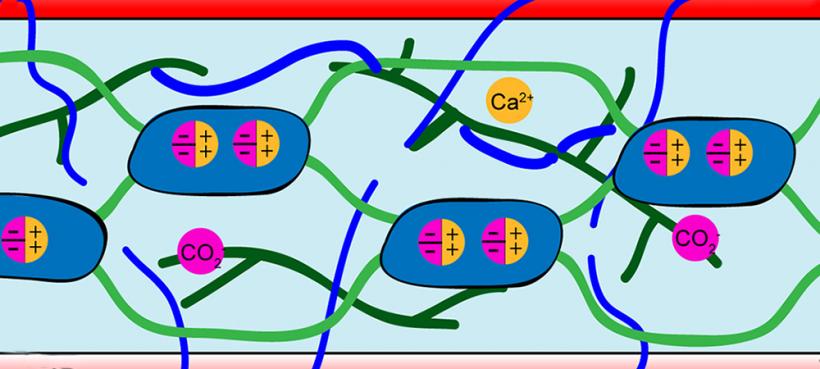
Understanding the structure of biological elements is important for science and the development of useful materials. High-resolution solid-state NMR techniques are developed and applied to elucidate the structure and dynamics of membrane proteins and other biological macromolecules. Specific current interests include:
1) Influenza A M2 is the target of antiviral drugs against flu. Understanding this protein is important for understanding virus entry and virus budding. The proton-conduction mechanism, drug-inhibition mechanism, and curvature-inducing mechanism of M2 are investigated using a wide range of solid-state NMR techniques that probe interatomic distances, orientations, and protein dynamics.
2) Viral fusion proteins merge the virus envelope and the target-cell membrane during virus entry into cells. Existing models of virus-cell fusion postulate specific structures and assemblies of two domains in these proteins. Using solid-state NMR, the conformation, oligomeric structure and lipid- and water-interactions of these two domains of the PIV5 virus fusion protein is exploded, elucidating the protein-structure basis for membrane-curvature induction.
3) The polysaccharides of plant cell walls form a poorly understood three-dimensional network that provides mechanical stability to cells while being capable of loosening during plant growth. 2D and 3D MAS solid-state NMR studies of the cell walls of both flowering plants and grasses have been pioneered.
Professor Mei Hong
meihong@mit.edu
Mei Hong
The Hong Group at MIT
MIT-Harvard Center for Magnetic Resonance